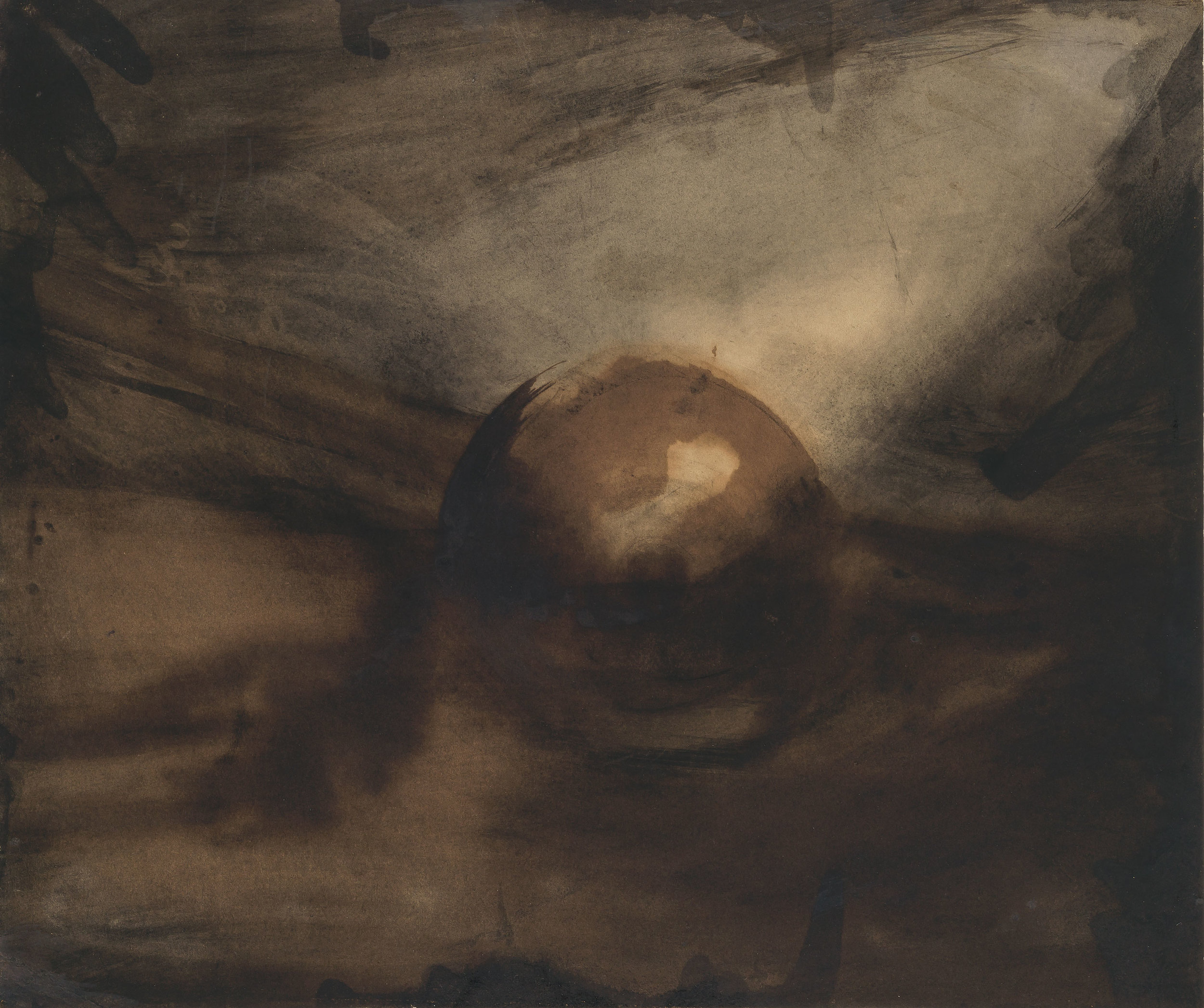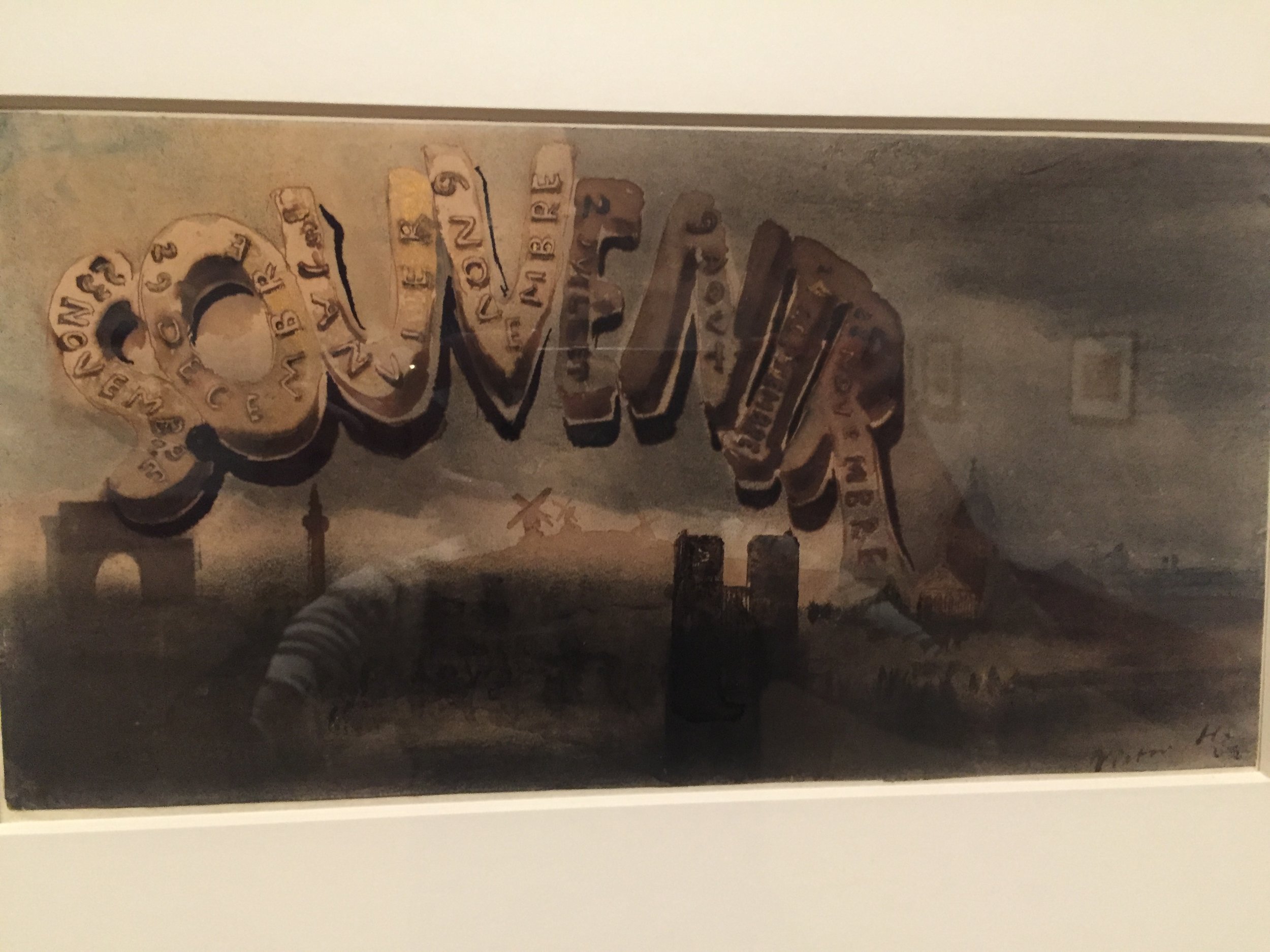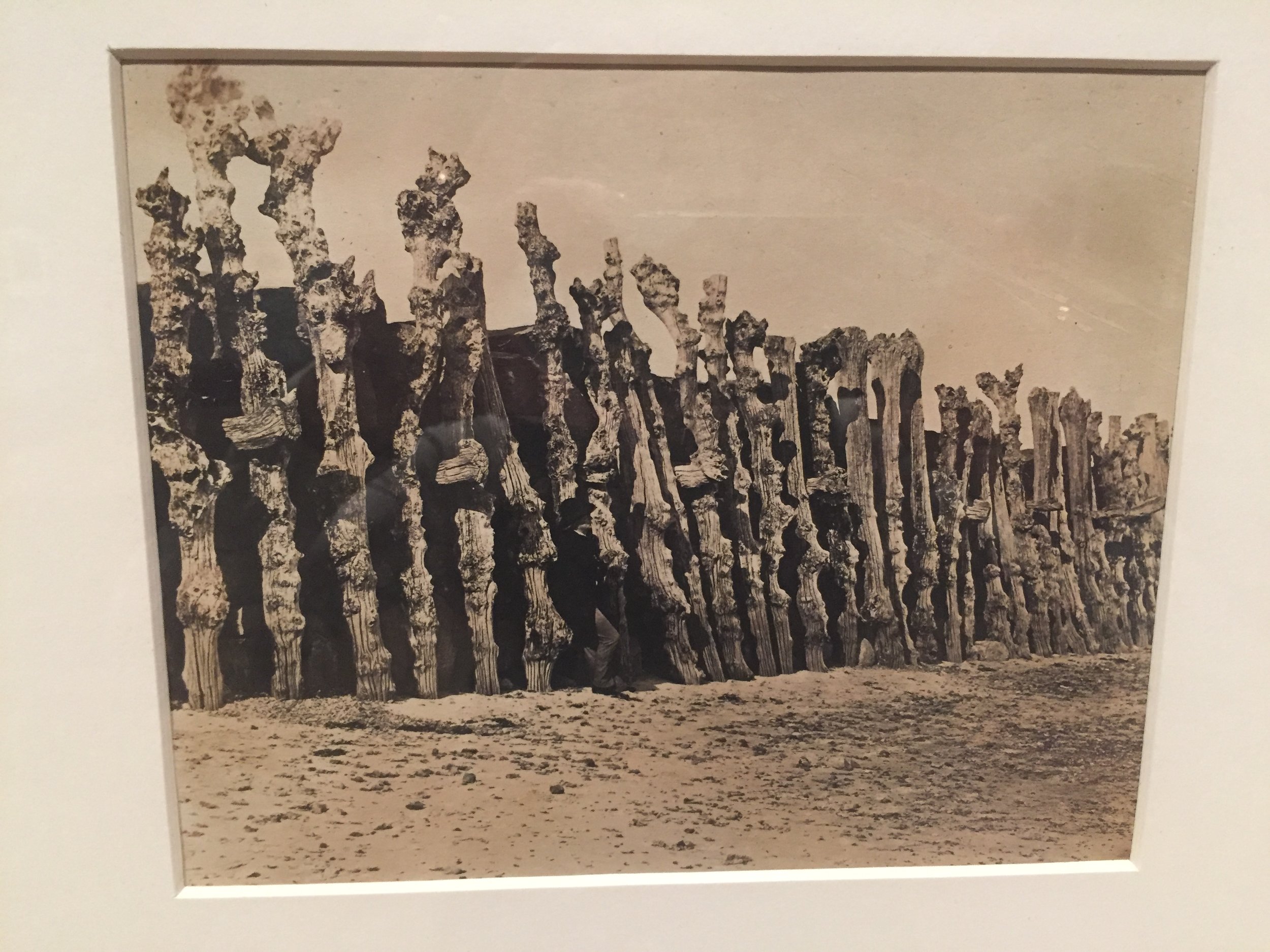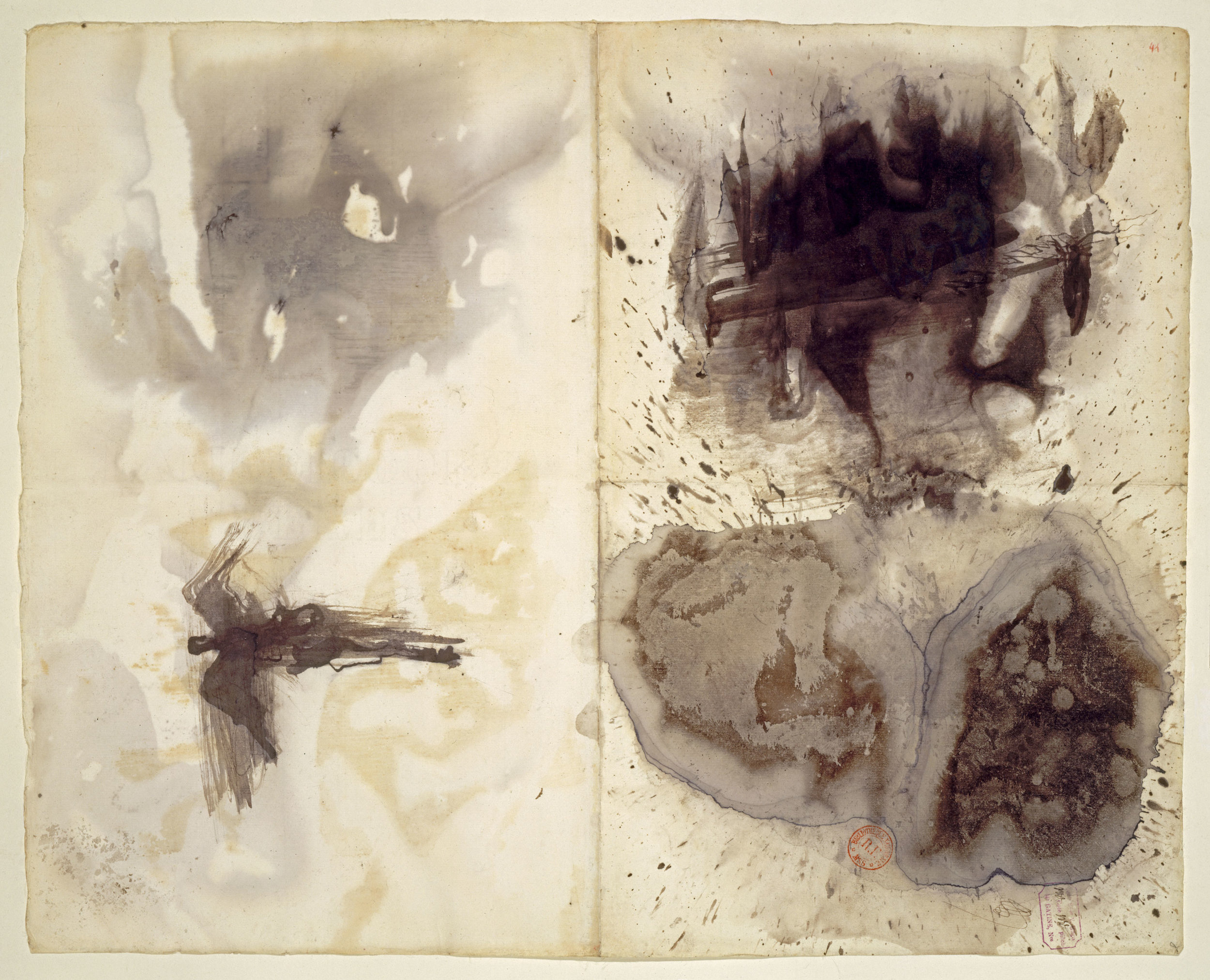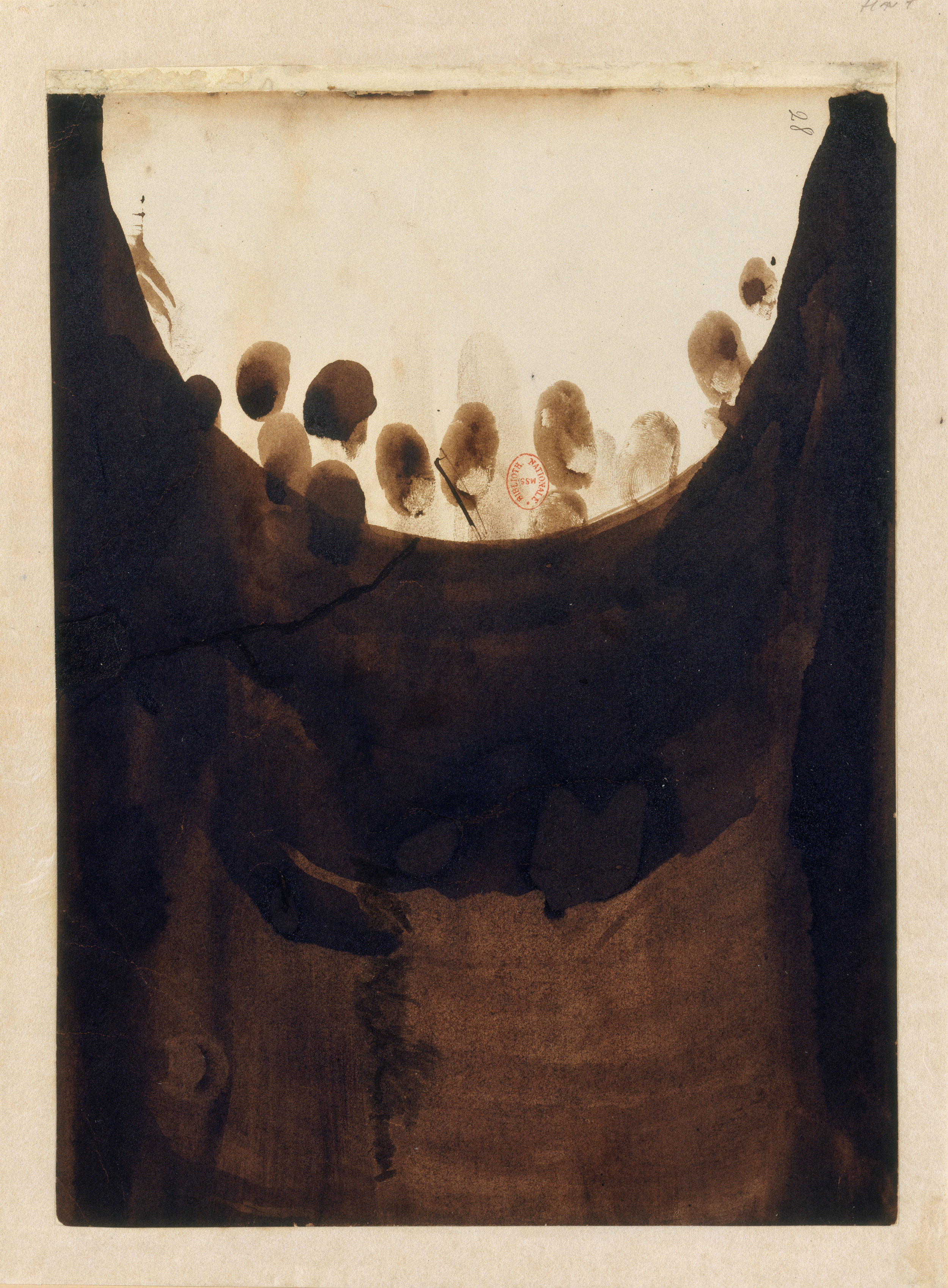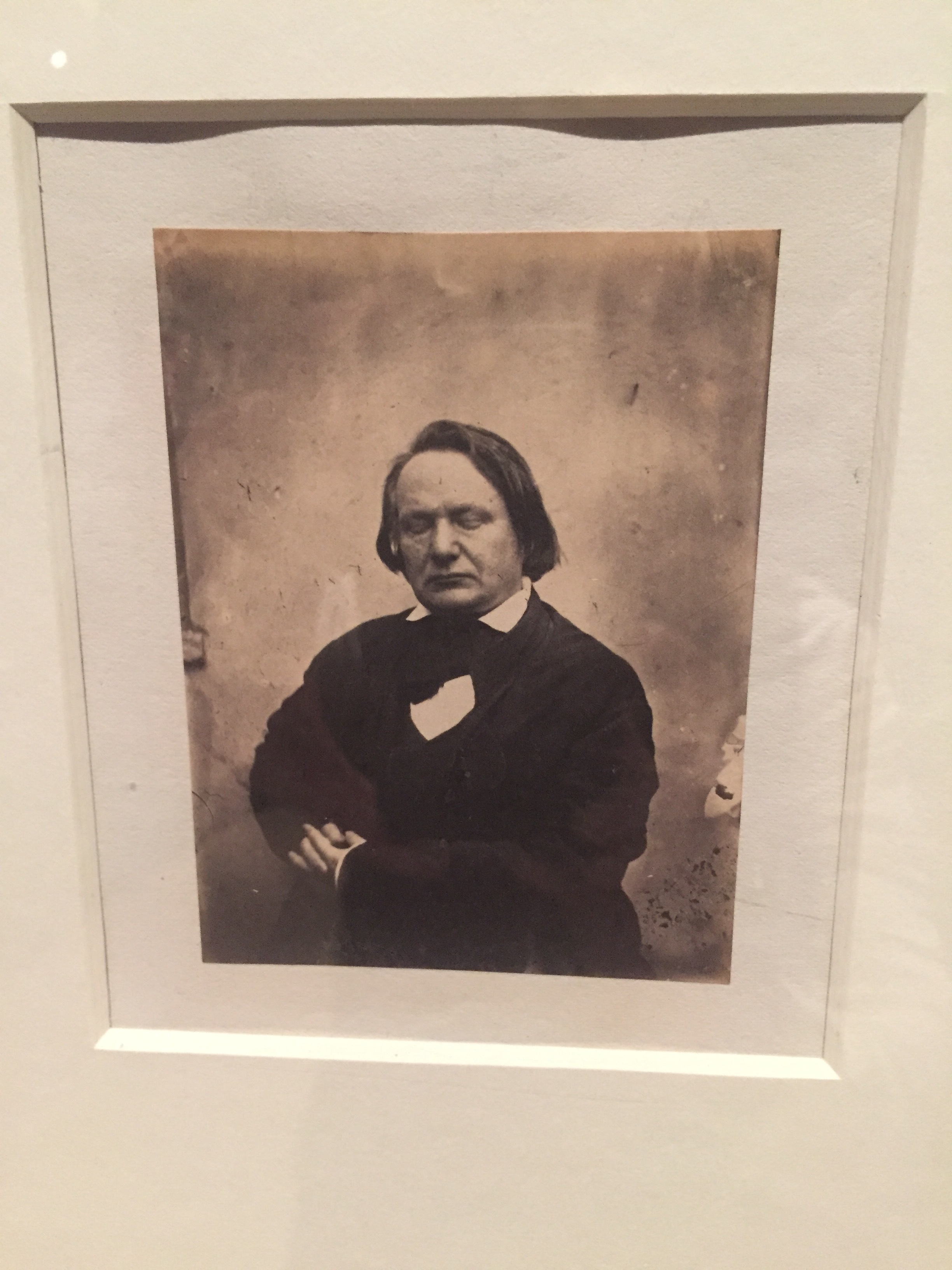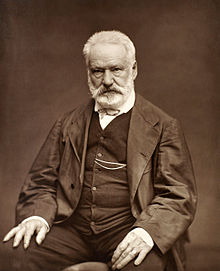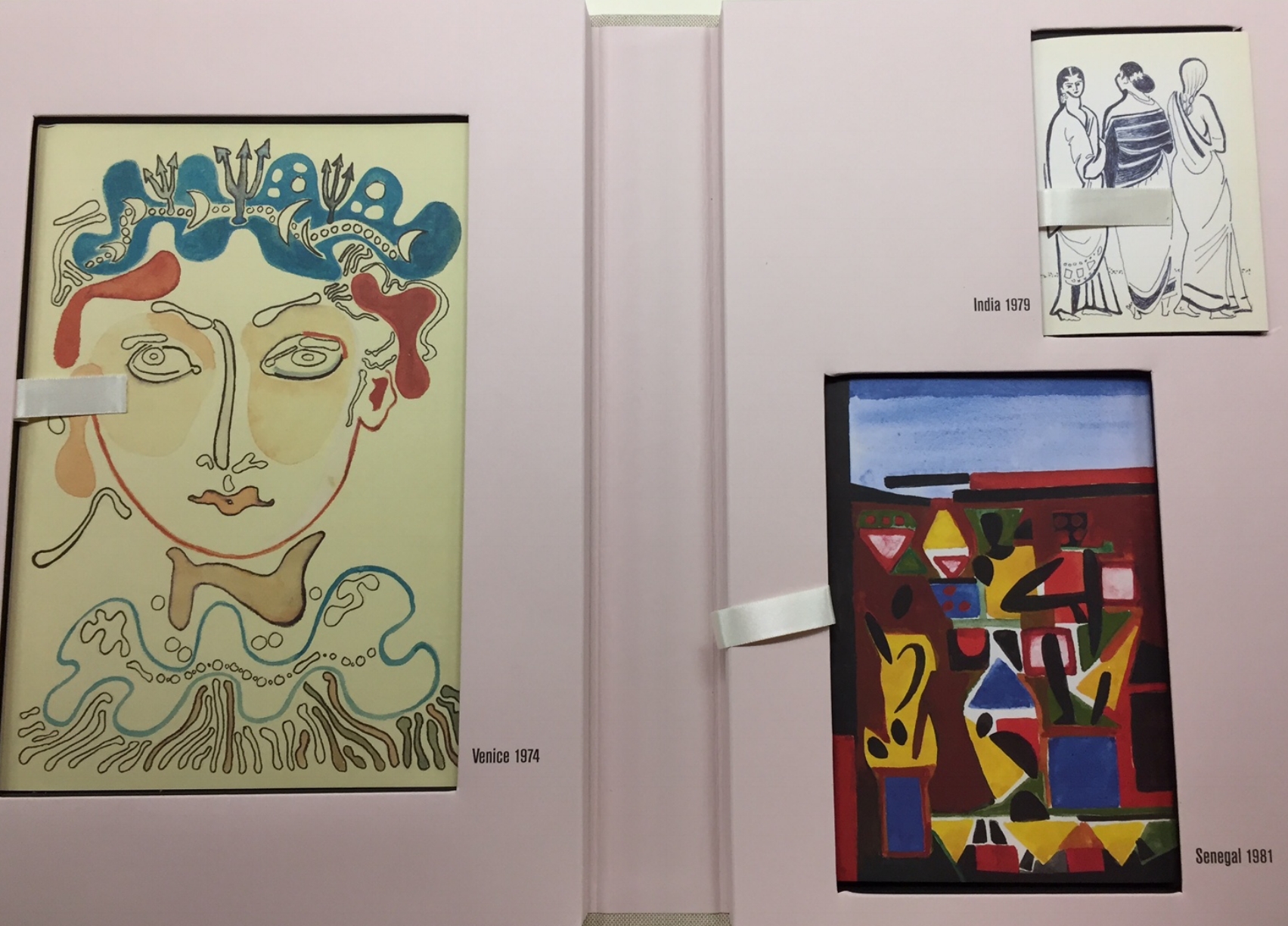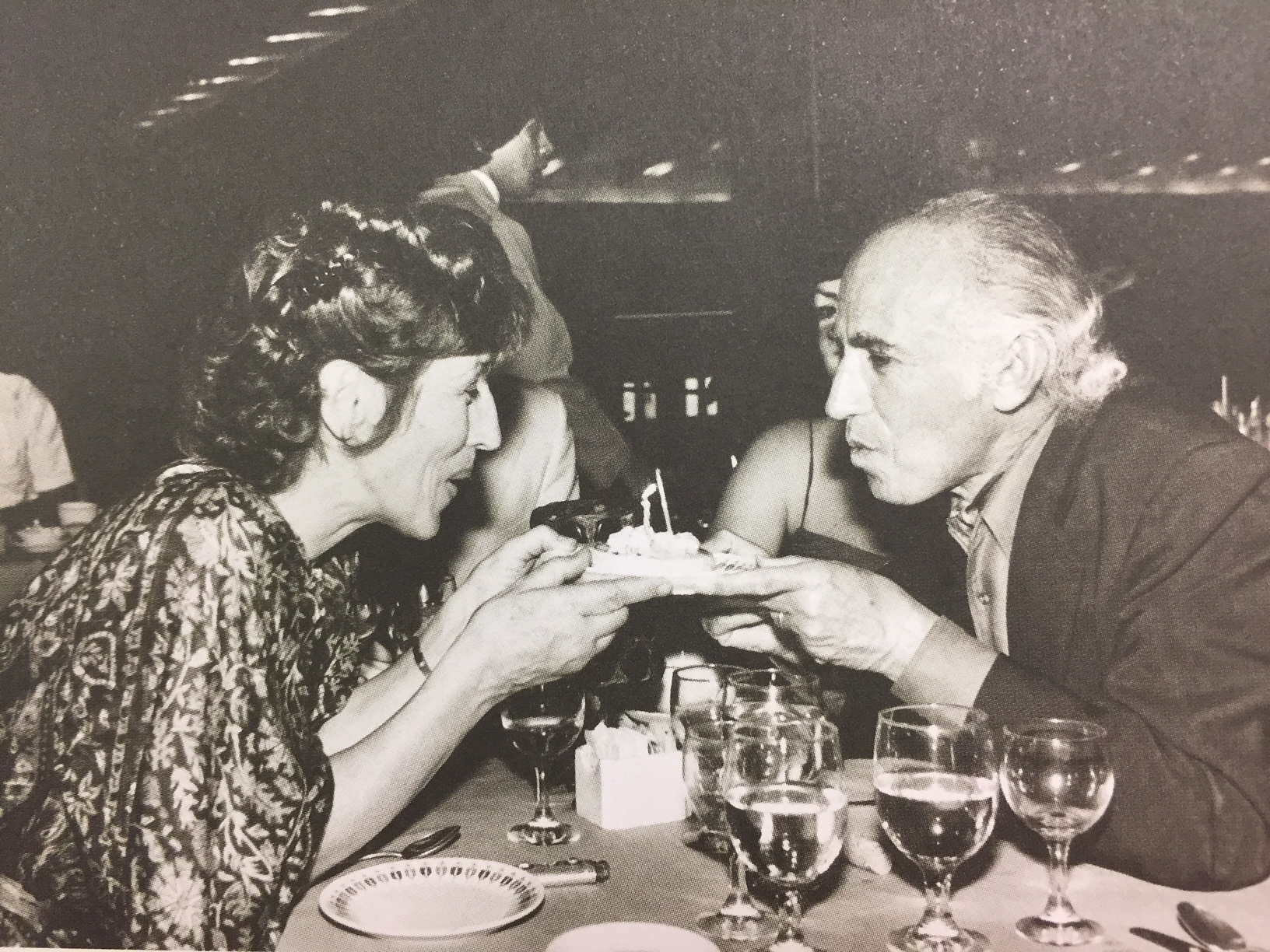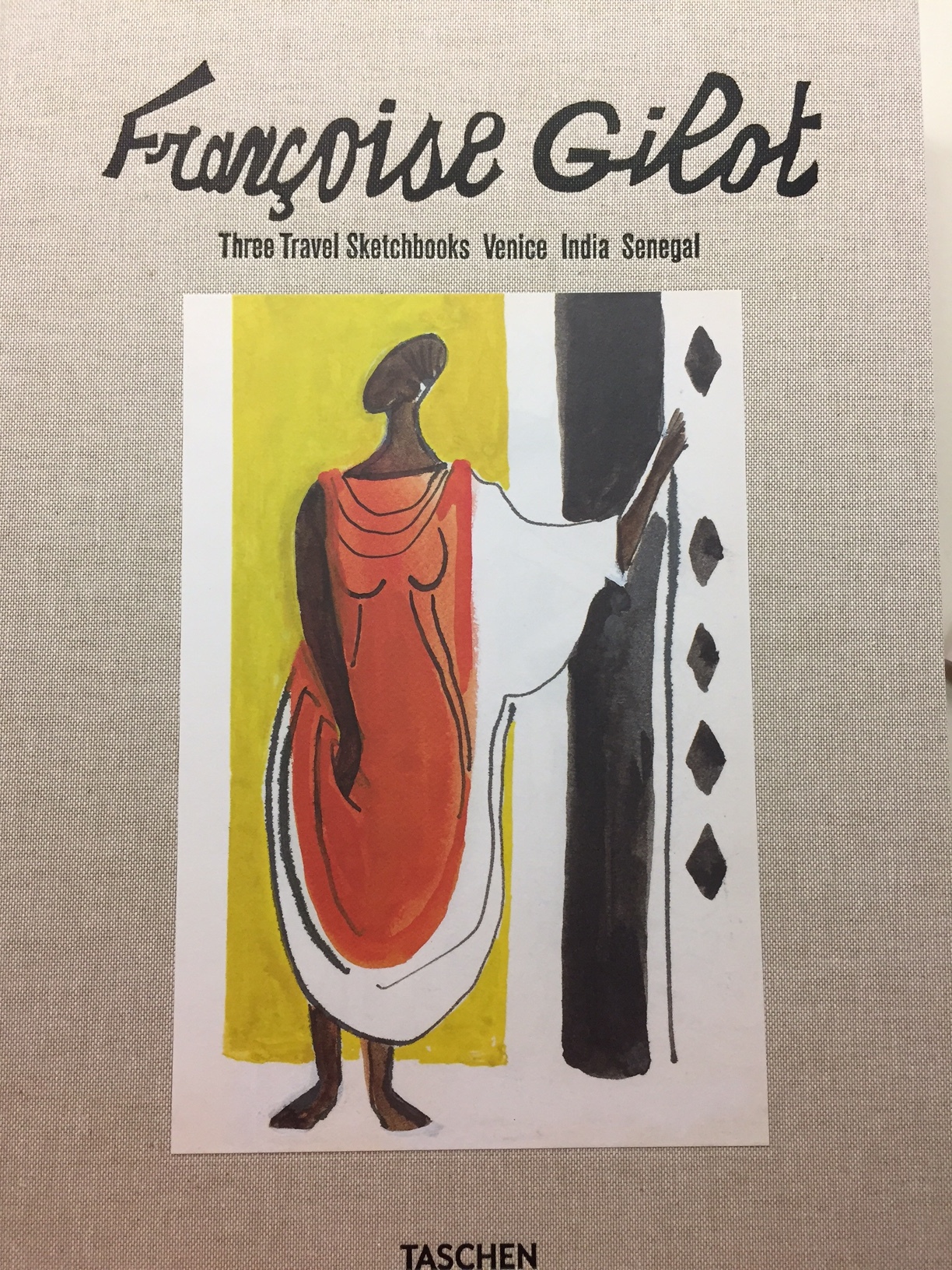As a college student of 19th Century French literature, I became enamored of the great observers of love and life, Baudelaire, Flaubert, Zola and Balzac. Though Victor Hugo, poet, journalist, statesman, politician and hero of the Republic for his resistance to waves of Napoleonic repression and the death penalty was among them, it was not until I saw Francois Truffaut’s L’Histoire d’Adele H while working at the New York Film Festival that Hugo resounded for me in a more personal way.
The story of the film is based on the true story of Hugo’s daughter Adele, diagnosed in real life with schizoprenia, but in the film primarily the victim of unrequited love. As anyone who has seen the film knows, Adele goes crazy after being rejected by a handsome solider with whom she’s had an affair, follows him to Halifax, then Barbados where she eventually collapses in the street and is returned to Paris and her father. Hugo never appears in the film as Truffaut, who got the rights from his son Jean, was contractually obliged never to depict him on screen. We hear him only in voice over.
In another stroke of luck, I was often able to stay at the home of friends on the Place des Vosges, right near Victor Hugo’s home which has been preserved qua home and archive.
All this came back to me when I entered the magical exhibition of Victor Hugo’s drawings at the Hammer Museum curated by Allegra Pesenti and Cynthia Burlingame. Besides being one of the leading writers, politicians and human rights advocates of his century, Hugo was a marvelous and ingenious draftsman and observed and depicted the world in a very original way.
The exhibition of 75 drawings is titled Stones to Stains (Taches) as these were the methodologies with which he began and ended his drawing practice which took place largely while he was in exile for 20 years in Jersey and Guernsey, the Channel Islands to which he had repaired when political events continued their downward spiral. Not content to use the formal methods available to him, he creased, folded, puddled, stenciled, smudged, traced, collaged, frottaged, cut out, and literally shadow boxed with his paper. Though most of the drawings are a range of sepias, browns, beiges and blacks, it is the ones with a just a touch of polychrome that do stand out.
A highly romantic and skilled amateur of photography, astronomy, oceanography, and spiritualism, Hugo incorporated aspects of these passions into much of the work. Yet the work is not literal minded or illustrative. Instead as Pesenti reminds us, he took the simple tools with which he was writing Les Miserables and Notre Dame de Paris (The Hunchback of Notre Dame) and other works—pen, paper, and ink—and gave them alternative expression in the drawings.
I imagine him late at night in Hauteville House, his splendid home on Guernsey which he decorated himself, after a long day of writing, taking out a clean sheet of paper and giving his automatic style which the surrealists eventually so admired, free reign, a release after the long day of keeping together his complex plots and syntax. Florian Rodari, a consulting curator on the project says in his excellent and enlightening catalog essay that he “defended disorder and the commotion of life”. He describes how Hugo looked on architecture as another alphabet, stones set upright, each one a letter, finally forming words in the ensemble.
Adele was not the only Hugo family victim. Her older sister Leopoldine, reportedly Hugo’s favorite, was drowned in a horrible accident along with her husband who tried to save her. Hugo had many devoted mistresses in addition to his wife and so we see the elements of the classic genius syndrome where geniuses are allowed things the rest of us are not.
Hugo did not sell his drawings. They were given to friends as gifts or aides-memoires of events, or eventually to publishers who used them in various publications, outlined in Burlingame’s catalog essay. The loans for this show, primarily from the Bibliotheque Nationale and the Maison of Victor Hugo in Paris will probably not be allowed to travel outside of France again, and the Hammer is the only venue Do watch the video of the curators in their behind the scenes of the creation of the exhibition.
Pesenti summons Odilon Redon, Andre Breton and Picasso, as artists akin to Hugo in various ways, but all I could think of was Alberto Burri, perhaps because I had so recently both written about his Guggenheim exhibition and the Gibellina Cretto.
The exhibition is open until the end of the year. The Hammer is screening the film on November 20 but it’s also for rent on Amazon. It’s a great warm up to the exhibition as it’s filmed almost entirely on Guernsey. And if you’ve ever been rejected in love, you will weep along with Adele as she tries to win back the favor of her lover. In real life, Truffaut, who often fell in love with his leading ladies, apparently was rebuffed by the much younger Isabel Adjani who played the role and she instead had an affair with her co star Bruce Robinson, who was also a very good writer. So real life imitated the art which imitated real life, precisely in keeping with the masterful Victor Hugo.
Images courtesy of Bibliothèque nationale de France, The Metropolitan Museum of Art / image source, Art Resource, NY, Collection of David Lachenmann, Maisons de Victor Hugo, Paris / Guernesey / Roger-Viollet, Musée des Beaux-Arts de Dijon/François Jay.
